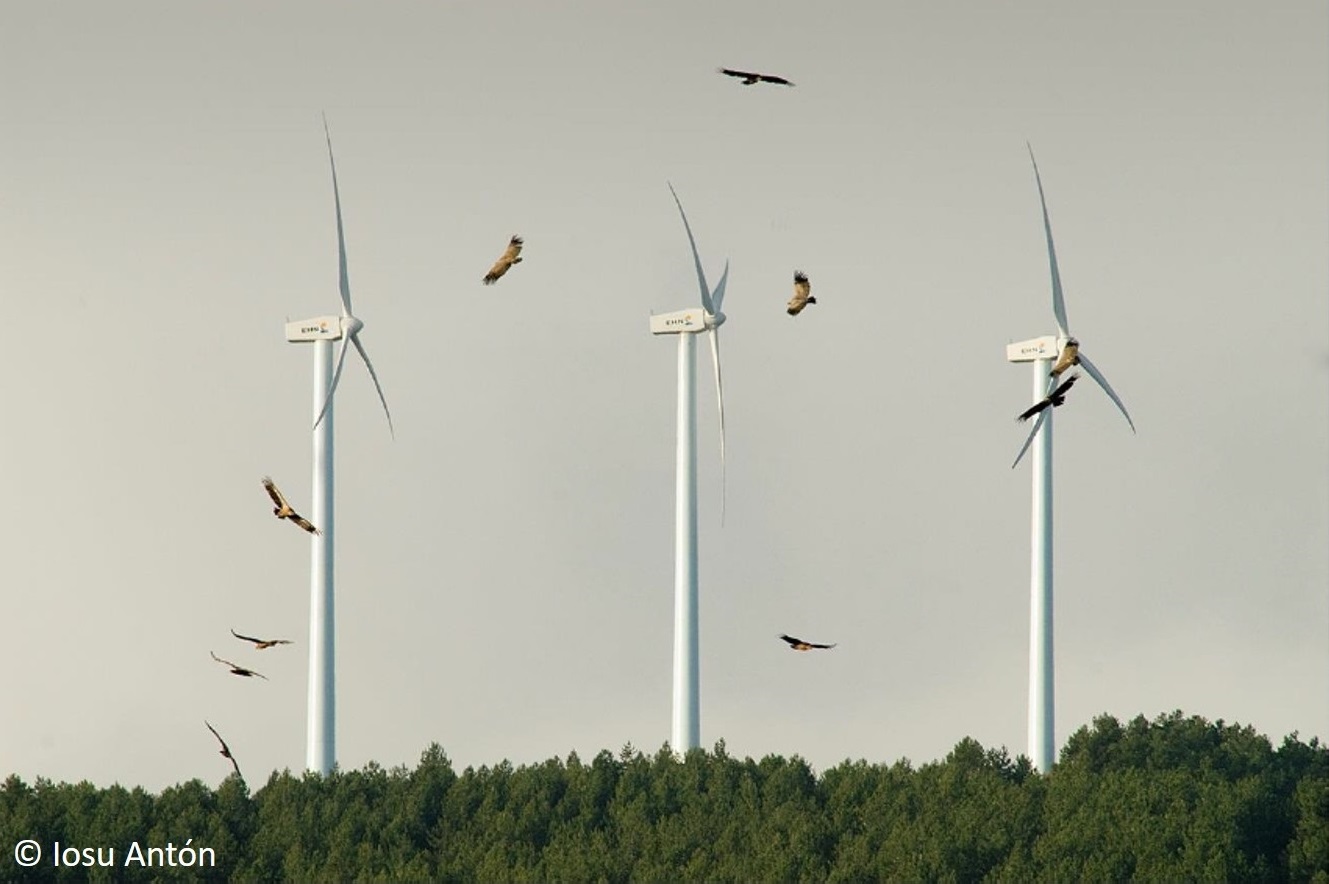Spanish researchers warn in a letter that the new projects for renewable enery plants in Spain will affect hundreds of thousands of hectares and that there is no way to offset the huge quantity of valuable habitats that could be lost. Reducing greenhouse gas emissions is a global priority. To meet this goal, the Spanish government is planning 89 GW of wind and solar photovoltaic energy in the draft of the National Integrated Energy and Climate Plan (PNIEC) for 2021–2030. Despite the Spanish government's efforts to prevent a speculative bubble in the secondary market, there are already grid access permits for projects representing 121 GW that will be added to the 36 GW of renewables already installed, almost doubling the goals of the PNIEC. The letter states that a more cautious approach should be adopted to prevent a scenario in which energy goals are met at the expense of biodiversity. Many renewables projects are planned in low-cost marginal soils of high ecological value, such as extensive cereal farmlands and wild mountain ranges harboring steppe birds and raptors that have in Spain their largest European or world populations. Photovoltaic energy needs huge amounts of land and will mostly affect declining species of steppe birds, which are poorly represented in the Spanish Natura 2000 network. Globally threatened large scavengers and other unique and scarce soaring birds are already paying a heavy toll due to the approximately 20,000 existing turbines, with demographic consequences for some threatened populations. Bat-killing figures are even higher, with a minimum of 200,000 deaths per year according to estimated mortality rates. Studies forecasting mortality have shown scarce predictive power, and when mortality hotspots are detected, conflictive turbines are virtually never stopped to reduce bat and bird casualties as recommended. As a large-scale approach, the best way to reduce impacts is by choosing adequate locations. However, updated field information necessary to achieve this goal is often not available, and projects are authorized in areas with under-protected species because their status within regional and state listings is frequently outdated. Studies designed to predict and monitor the incidence of renewable infrastructures are funded by energy companies, often with little supervision by governments, which precludes independence. The problem is exacerbated by the fragmentation of large projects, the absence of an in-depth assessment of cumulative and synergistic environmental impacts, and decentralized administrative authority divided among the central state, regions, and municipalities. The letter concludes that renewables are most welcome, but urges Spanish authorities to correct the metioned deficiencies and implement rigorous comprehensive planning based on the most updated ecological knowledge. Finally, scientists call for a stronger commitment to more distributed and energy-saving policies that would reduce direct environmental impacts on biodiversity, such as energy efficiency, self-consumption, and improved energy performance in buildings. informacion[at]ebd.csic.es: Serrano et al (2020) Renewables in Spain threaten biodiversity. Science 370(6522): 1282-1283. DOI 10.1126/science.abf650
https://science.sciencemag.org/content/370/6522/1282
Welcome
Welcome to the official website of the Doñana Biological Station (EBD-CSIC)...

The Doñana Biological Station: EBD-CSIC
The Doñana Biological Station is a public Research Institute belonging to the Spanish Council for Scientific Research CSIC in the area of Natural Resources...

Mission
Our fundamental mission is to carry out multidisciplinary research of the highest standard directed to understanding the way in which biodiversity is generated, maintained and deteriorates, as well as the consequences of its loss...

Our methods
We apply many techniques within a multidisciplinary framework, from molecular genetics to remote sensing, and from modelling to physiological and isotopic analyses...

Monitoring the environment
Monitoring biodiversity at the Doñana Natural Space cover a wide range of communities, including both terrestrial and aquatic organisms...

Aims
Our aims include the study of the ecological and evolutionary processes by combining field work, mathematical and statistical models and physiological and genetic analysis...
 Outstanding
Outstanding
Spanish scientists warn: Urgent need for planning of renewable energies to safeguard biodiversity
 News
News
 Las altas temperaturas están provocando que las lagunas y las marismas de Doñana pierdan agua rápidamente
Las altas temperaturas están provocando que las lagunas y las marismas de Doñana pierdan agua rápidamente
 Traffic noise causes lifelong harm to baby birds
Traffic noise causes lifelong harm to baby birds
 Illegal wildlife trade, a serious problem for biodiversity and human health
Illegal wildlife trade, a serious problem for biodiversity and human health
 Urbanization and loss of woody vegetation are changing key traits of arthropod communities
Urbanization and loss of woody vegetation are changing key traits of arthropod communities
The loss of woody areas is linked to a decline in the duration of the activity period, a higher tolerance to drought, and less dispersal capacity in both groups.






